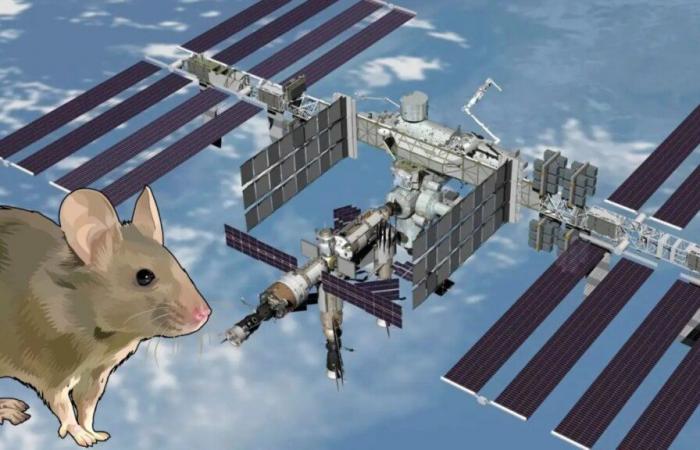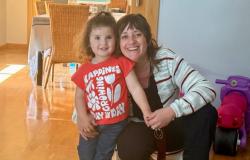Have you ever wondered what happens to the human body when it has been in space for too long? In case you did not know, the body of a person undergoes several changes due to ungravation, such as muscle and bone atrophy, alterations in the circulatory system and the immune system, and vision problems. In addition, to corroborate this information, a NASA study reveals that the bone structure is also deteriorated.
This study was starring some mice sent to the International Space Station (ISS) for 37 days and, after several checks, the results showed that The femures of these animals were the most affected by microgravity.
According to the data collected by NASA and the Laboratory Blue Marble Space Institute of Sciencethe mice showed structural damage in its posterior limbsIn addition, the images revealed large internal cavities at the ends of the femur – especially in the areas near the knee and hip joint. However, the lumbar part of the column remained virtually unchanged.
The researchers also explain that “if radiation or a systemic factor were responsible for bone loss, it would be normal to find generalized alterations.” Therefore, these experts concluded that This problem could affect the human being in their next missions to spacesince a long -lasting journey would harm those bones with greater weight influence.
Would the same happen to humans?
It is estimated that The human being loses 1% of its bone capacity for each month in space And, unfortunately, another study indicates that the bone structure is not recovered.
In addition, one of the most worrying discoveries of the study conducted by NASA is that young mice began to Show premature ossificationthat is, a process in which the cartilage becomes a bone before usual and ends up affecting the future skeletal development.
Therefore, to counteract this situation, now, NASA investigates whether the physical exercise or mechanical resistance systems can stop the loss of bone mass in prolonged missions to space.
Sign up to us newsletter And receive the latest news about technology in your mail.






